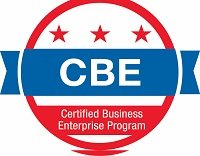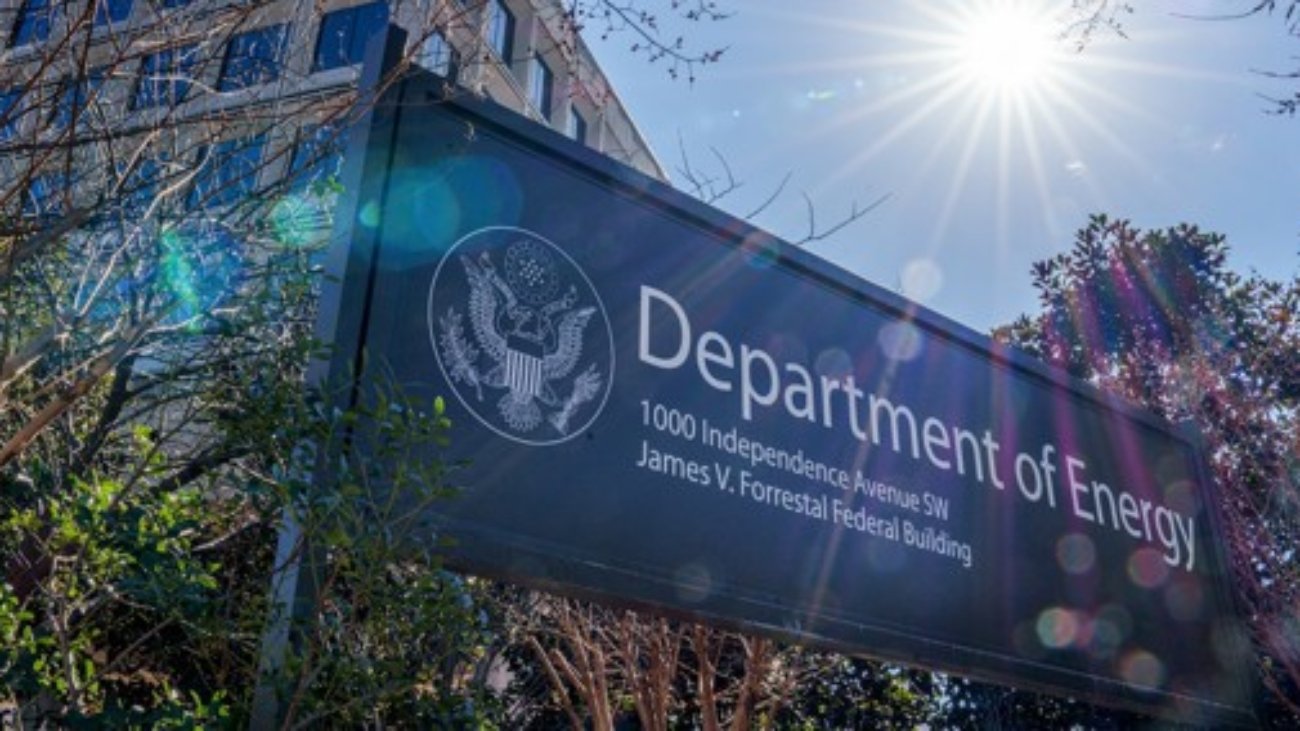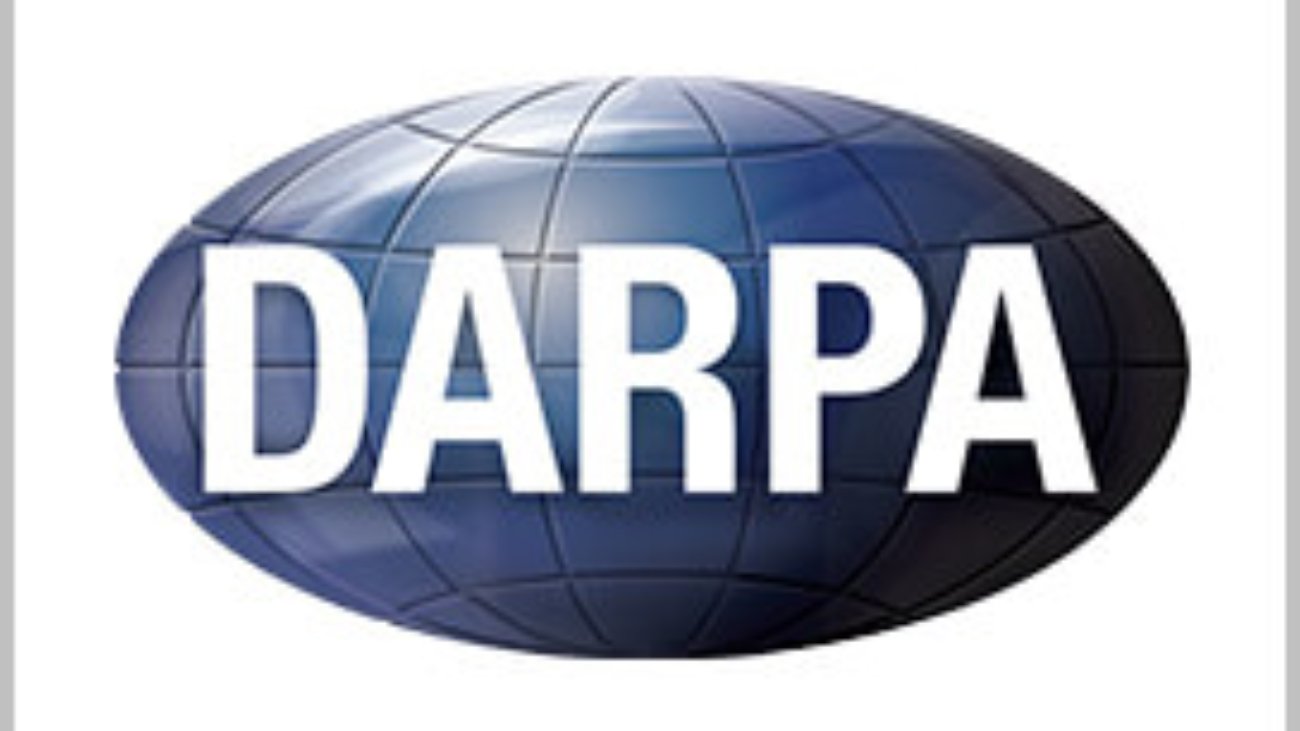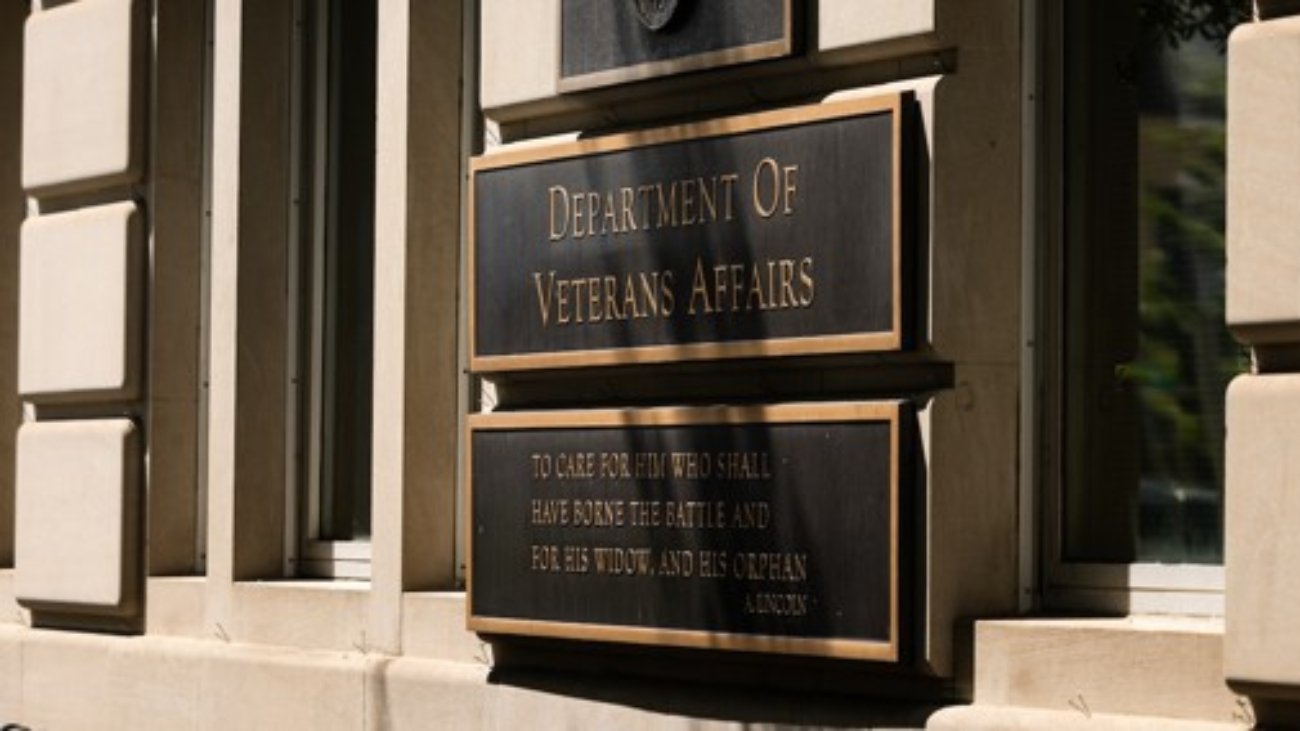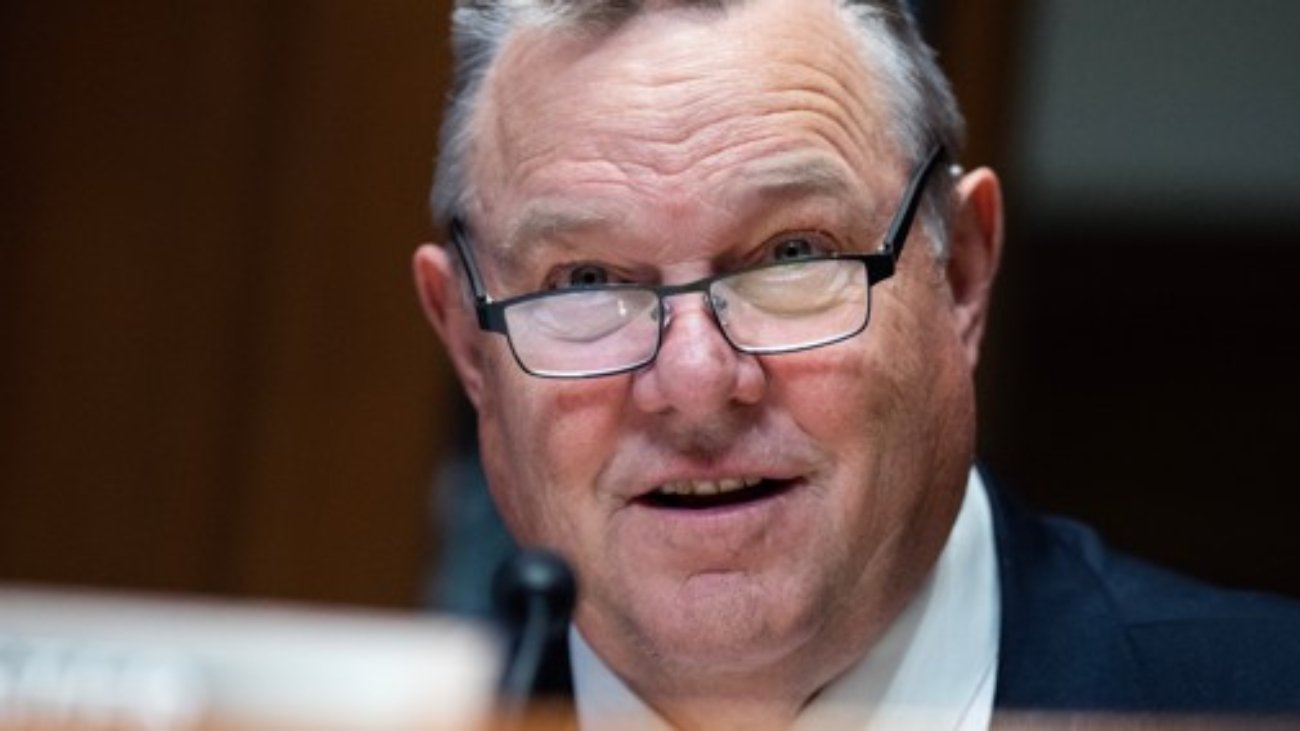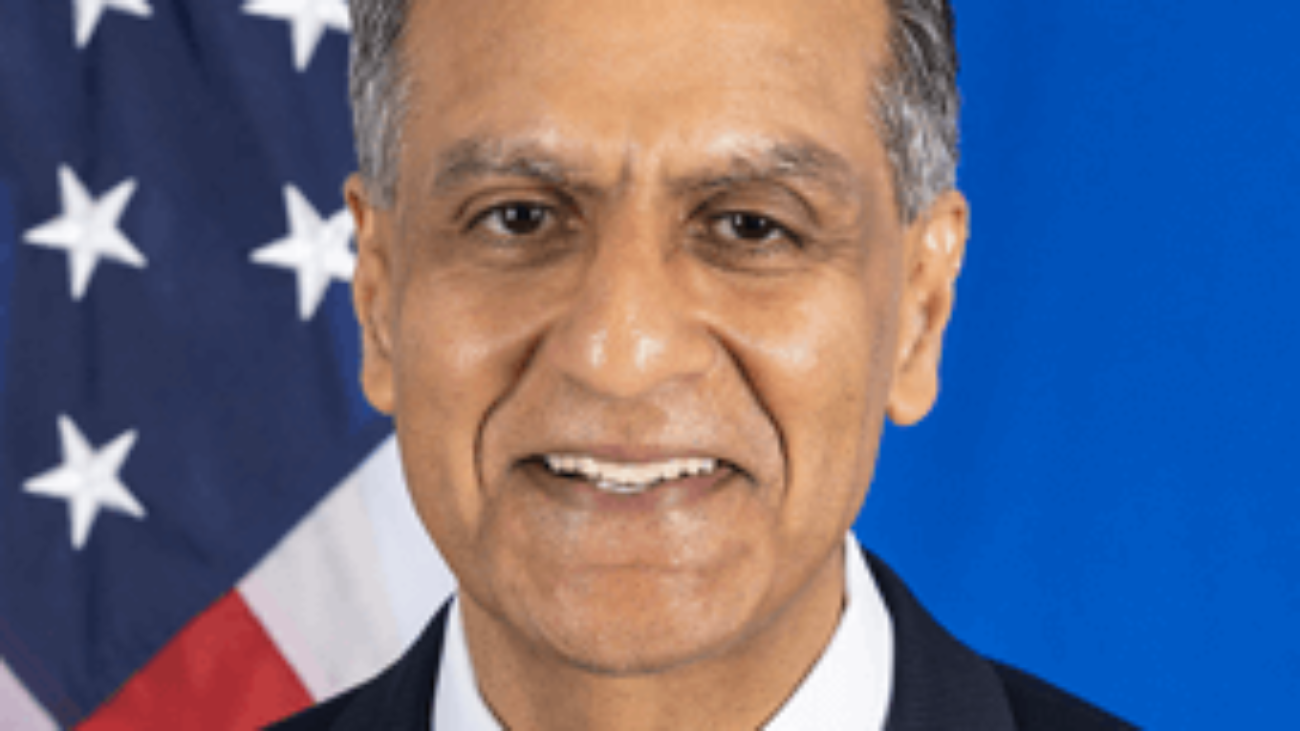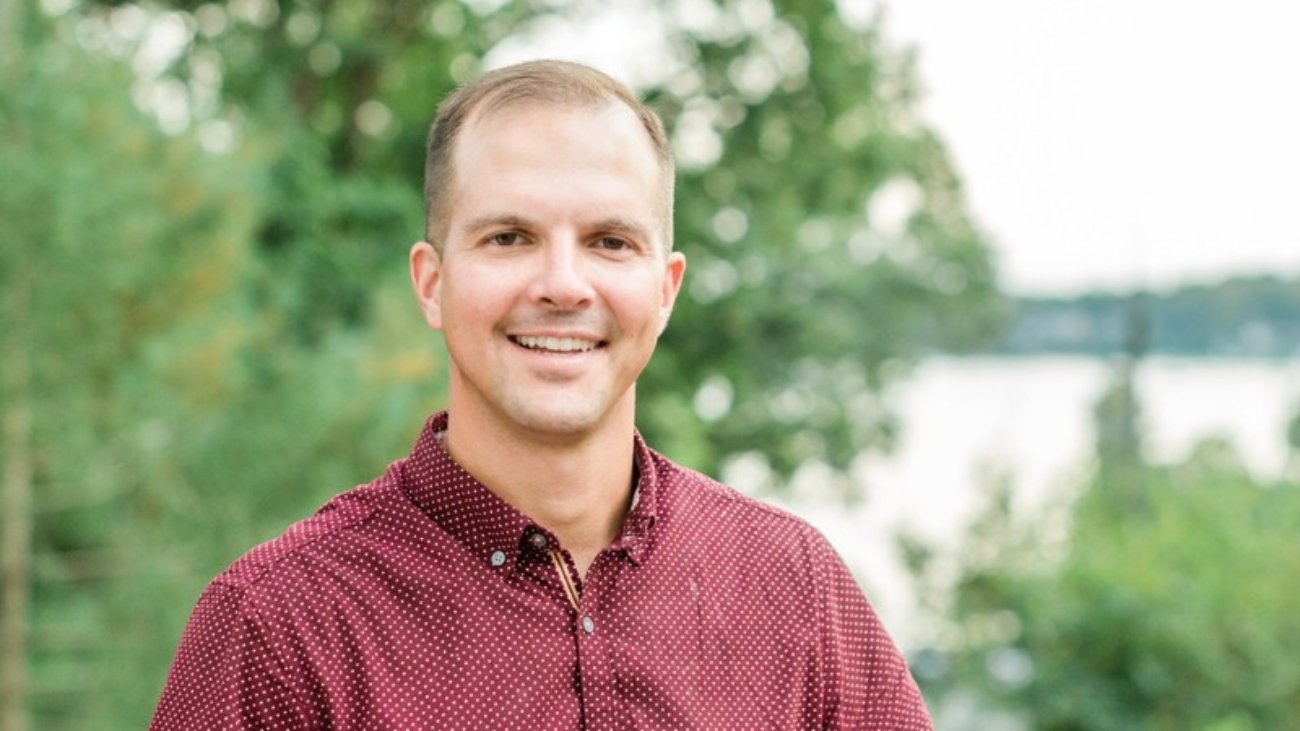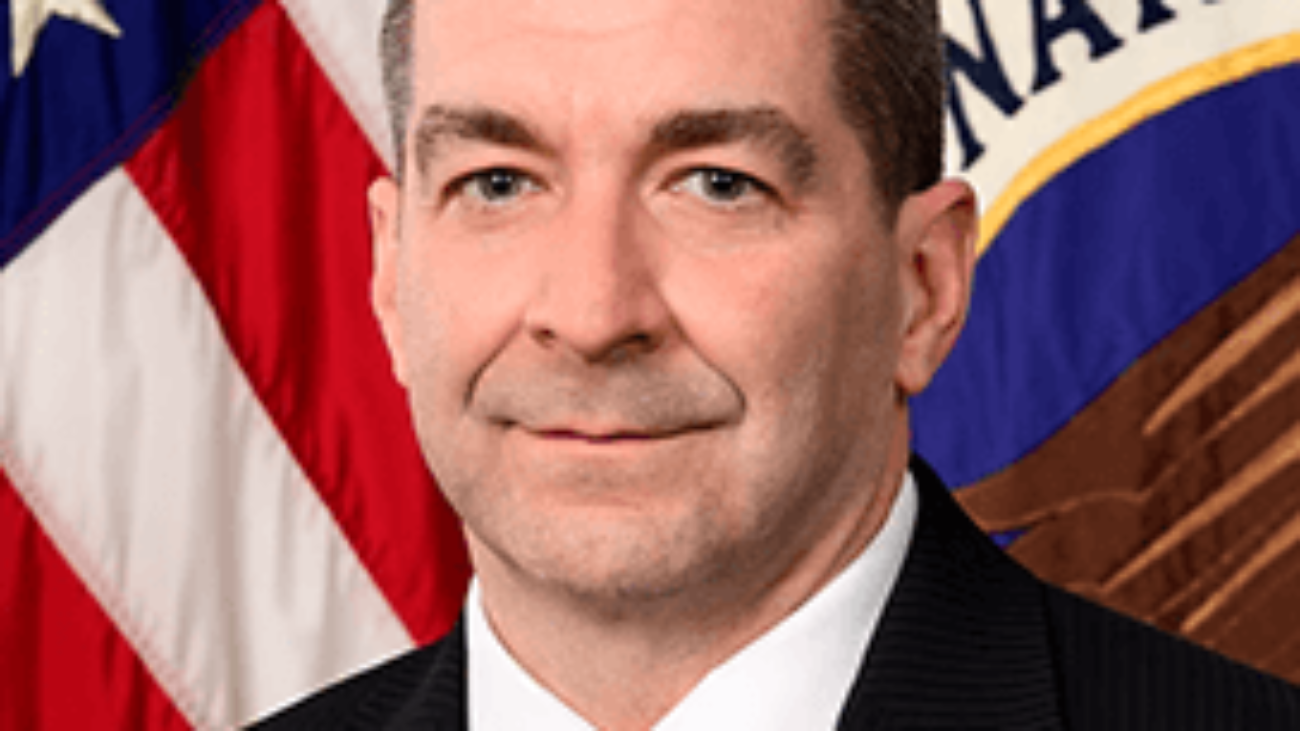This article was produced for ProPublica’s Local Reporting Network in partnership with Oregon Public Broadcasting and with assistance from High Country News.
The Energy Department gave the Confederated Tribes and Bands of the Yakama Nation what seemed like very good news earlier this year: It had won a $32 million grant for a novel solar energy project in Washington state. Built over a series of old irrigation canals, the proposed solar panels would generate electricity for tribal members without removing farm acreage from cultivation. The location would preserve the kinds of culturally sensitive land that have prompted concerns about other renewables projects.
Months after announcing the grant, the same department is making it nearly impossible for the tribal nation to access the money.
“It is because literally the feds cannot get out of their own way,” said Ray Wiseman, general manager of Yakama Power, the tribally owned utility.
The bureaucratic whiplash stems from the fact that while one part of the Energy Department hands out money for clean energy projects, another part decides which projects get access to the Northwest electrical grid. The Bonneville Power Administration’s process for approving connections comes with such exorbitant costs and is mired in such long delays that the federal grant could well expire before the tribe can touch a dime.
It’s a dilemma that persists despite the Biden administration’s explicit promise last year to help tribes create new sources of renewable power affordably and quickly.
Bonneville and the Energy Department blame the holdup on a glut of renewable energy proposals that are creating a need for massive transmission upgrades across the country. In a joint statement on behalf of Bonneville and its parent agency, Energy Department spokesperson Chris Ford said the government is required to put all energy proposals through the same process with the same costs.
But Ford added that federal agencies are “exploring different options within the law to both speed the process and reduce the costs the Yakama Nation would have to pay.”
The White House Council on Environmental Quality, which brokered the agreement pledging to help tribes build renewables, said in a statement the administration is coordinating with tribes and others in “taking action to deliver a clean, reliable electric grid and make federal permitting of new transmission lines more efficient.”
But council spokesperson Justin Weiss didn’t answer questions from Oregon Public Broadcasting and ProPublica about why the Yakama project was stalled and what specific steps the White House has taken to help speed tribal energy connections.
Renewable energy supporters say the Yakama solar case shows that if the White House can’t keep the federal bureaucracy from undermining its own goals, then it’s making promises it can’t keep.
Nancy Hirsh, who’s worked since the 1990s for a coalition that advocates for clean power in the Northwest, said the situation is exactly what she feared would happen after the tribal agreement was signed.
“This is just the thing that we need to fix,” Hirsh said, “the left hand not connected with the right hand.”
An Unprecedented Promise
The Yakama reservation in Central Washington bears the scars of the federal government’s energy policies.
Transmission lines stretching across tribal properties were built a century ago without permission. The country’s largest nuclear waste cleanup site, Hanford, has poisoned parts of the tribe’s ancestral land under the Department of Energy’s watch.
Families on the reservation were displaced from their homes along the river to make way for massive reservoirs and hydroelectric dams. Those dams nearly wiped out runs of wild salmon that are vital to Indigenous cultures and that the U.S. government swore in treaties it would preserve.
Even today, the development of renewable energy often risks encroaching on land held sacred by tribes, who have argued they are cut out of the decision-making process.
President Joe Biden seemed to offer a fresh approach to tribal sovereignty, declaring it a priority for his administration shortly after taking office in 2021.
Soon, the White House began negotiations to end a decades-old lawsuit by tribes and environmental groups who want some of the Northwest’s federal dams torn down to keep local salmon populations from going extinct.
The result of the talks was what the administration called a “historic” deal. The tribes would put their lawsuit on hold. In return, the White House promised to help tribes develop up to 3 gigawatts of renewable energy. That could power all the homes in a city roughly the size of Portland, Oregon. More significantly to the tribes, it’s enough to replace the output of the four dams on the lower Snake River deemed most detrimental to salmon.
“It will take all of us committing to this partnership now and for years to come to lift the words off the page and bring this agreement to life,” White House senior adviser John Podesta said at the signing of the agreement with Northwest tribes in February. “I want you to know that President Biden and Vice President Harris and the whole administration are committed to making that happen.”
Yakama Nation Chair Gerald Lewis also voiced hope when he signed the agreement with the Biden administration. “The last time energy was developed in the Columbia Basin, it was done on the backs of tribal communities and tribal resources,” Lewis said at the time. “Now we have an opportunity to do better.”
The Yakama Nation’s proposal would seem to exactly fit the bill.
Its initial plan was to cover 10 miles of irrigation canals with solar panels and to outfit the canals themselves with small-scale hydroelectric turbines. That would generate enough electricity to power a few thousand homes on the reservation, which has a population of about 30,000.
In addition to avoiding the tribe’s culturally sensitive lands, the project wouldn’t encroach on any wildlife habitats. And covering the irrigation canals would shade the water so that less of it evaporates in the sun.
The Department of Energy awarded its $32 million grant for the project at the end of February. Soon after, the agency posted an interview about the plan with Lewis and Energy Secretary Jennifer Granholm on its Facebook page bearing the caption, “Sometimes, the great ideas are the ones right in front of us.”
Washington’s U.S. senators, Democrats Maria Cantwell and Patty Murray, each issued news releases announcing the grant and praising the project, saying the canals could boost water conservation by 20% and cut the reservation’s power bills by 15%.
But those ambitions quickly ran up against stark realities, according to the people directly involved in bringing the project to life.
“Everybody thinks that the federal government gave us 32 million bucks,” Wiseman, the general manager for Yakama Power, said. “They did not.”
Stuck in Bureaucracy
In its landmark accord with tribes, and in documents supporting the accord’s implementation, the White House promised more than money. It vowed to muster the full clout of the federal government to achieve the plan’s goals. Specifically, the agreement said the energy department, working with Indigenous leaders, would find “legal and regulatory options” for getting projects connected to the grid faster and for making them affordable for tribes.
That didn’t prevent the first tribal project to come along — the Yakama Nation’s — from getting caught in a snare of bureaucracy.
In addition to the grant from the Energy Department’s Office of Clean Energy Demonstrations, Yakama Power was promised a nearly $100 million rural clean energy loan from the Department of Agriculture. But it cannot access any of the federal money without first obtaining a “power purchase agreement,” which essentially offers proof that the electricity the tribal utility plans to generate has a destination.
That’s hard for the tribe to do because it can’t get a purchase agreement until its project connects to the grid, which is owned by Bonneville, itself an arm of the Energy Department. Bonneville’s earliest estimate of when it will finish studying connection requests such as the Yakama Nation’s is 2027, but the federal agency says it could be longer.
That’s just one of many steps. The tribe can’t distribute electricity from the new solar project until Bonneville completes upgrades to the section of its transmission system that serves the reservation, including the installation of a new electrical substation.
The federal agency’s estimate for what it would charge for the substation alone: $144 million. Building transmission lines to and from the new solar array would drive the cost higher still, but Bonneville hasn’t done those estimates yet. The Yakama would have to bear those costs.
The tribe had counted on some rate increases to pay for the solar array, but covering the unexpectedly high cost of the upgrade would add hundreds of dollars more to a household’s monthly utility bill, Wiseman said. That’s on a reservation where nearly 20% of residents have incomes below the poverty line.
Another financial hurdle: Inflation has driven up construction costs for the solar array itself in the two years since the project was proposed.
Even if the tribe can come up with all the extra money needed, time is working against the project. Bonneville says it will take five to seven years to build the substation after it’s paid for.
All the delays will push the tribe up against a 2031 deadline to use or lose its $32 million grant and $100 million loan. They were funded under the bipartisan infrastructure bill and the Inflation Reduction Act, which both expire that year.
Wiseman is no longer confident of how many miles of canal, if any, the utility can cover with solar panels. He’s unsure whether Yakama Power will need to opt for a much smaller solar array that lacks the specialized hardware needed to suspend the panels above the irrigation canals.
“I have serious questions about whether or not these things will survive to go forward,” Wiseman said.
The Green Energy Traffic Jam
The Yakama Nation in many ways faces the same pressures that are holding back new wind and solar farms across the country.
The surge in such projects over the past decade has jammed up the system that grid operators like Bonneville Power Administration use when evaluating requests to connect to the grid. The onslaught of green power has also taxed a grid designed to carry much less energy. And yet the new supply is badly needed to meet soaring demand, driven in part by thearrival of energy-guzzling data centers in the past decade.
Bonneville is changing the way it studies energy proposals to streamline the process. But renewable developers, advocates and industry analysts have published a white paper with a list of more than 20 recommendations that they say can create the grid the Northwest needs and that, for the most part, they say Bonneville has not addressed.
In the meantime, despite the Biden administration’s agreement last year to help tribes, their projects have not moved to the head of the line.
Hirsh’s group, the clean and affordable energy coalition, was party to the lawsuit that the tribal deal was meant to settle. She said the government’s failure to deliver on its clean energy promises “could jeopardize the agreement.”
Yakama Nation leaders say because of the long history of energy development violating tribal rights, and because reservations were set up with marginal infrastructure, the federal government should not treat tribes the way it does any other energy developer.
The Department of Energy, however, says its lawyers have yet to find a way through federal energy regulations or treaty law to let the agency deal with tribal projects differently.
Wiseman continues to incur costs on behalf of Yakama Power, planning for the solar project while doubts linger over whether all the pieces will come together in time.
“If I can’t get the transmission access that we need — whether intentional, unintentional, whatever you want to call it — Bonneville will have single-handedly killed these projects,” Wiseman said. “And that’s why at this point, I feel incredibly frustrated, because beating them up doesn’t do me any good.”

